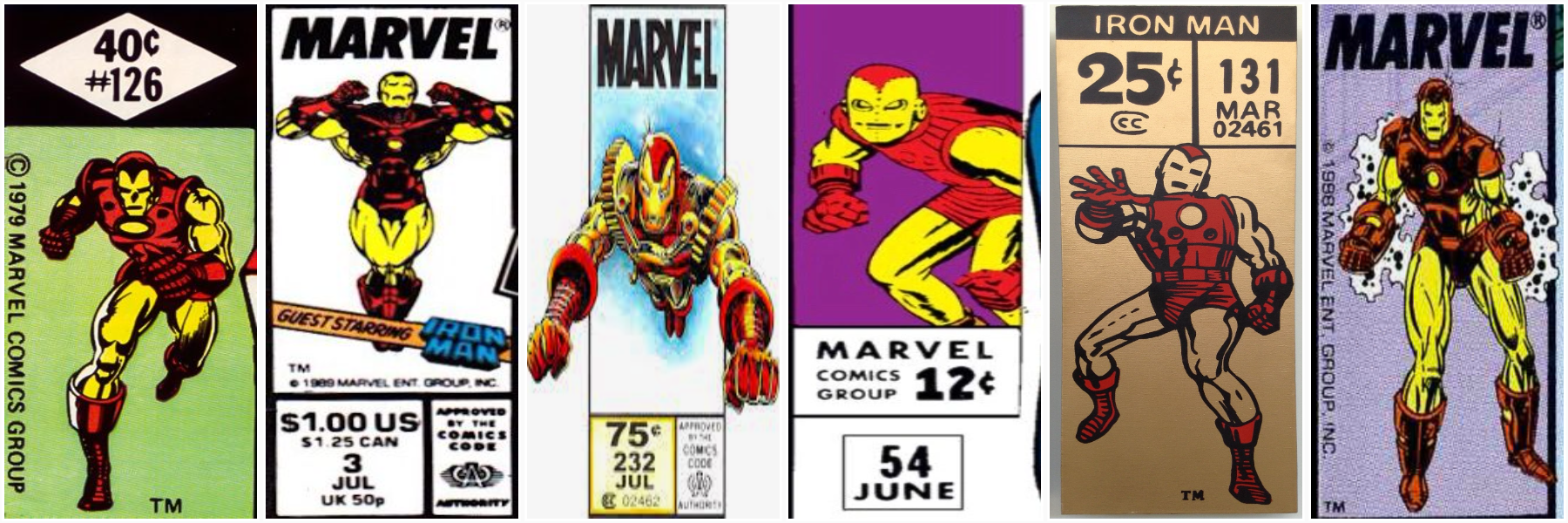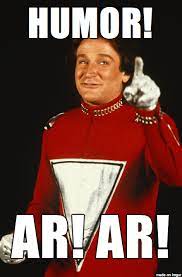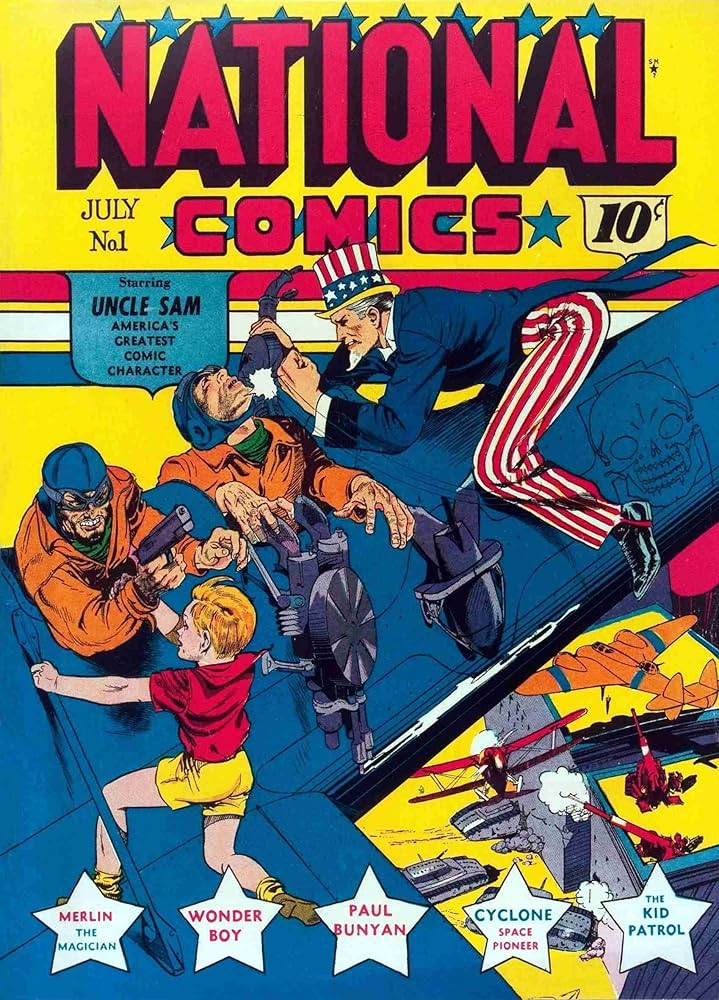During the initial run of Batman: The Animated Series in the 1990s, Barbara Gordon only appeared in five of the original 85 episodes, two to establish the character on her own and three more as Batgirl. All five episodes were written by Brynne Chandler, credited at the time as Brynne Stephens, and while researching Never A Sidekick I was lucky enough to get to chat with her about creating this incarnation of the character. I’m sharing the full interview here for your reading enjoyment, and also for posterity so other historians can have her insights on her work. Conversations like these are invaluable when researching superheroes, especially ones that concern non-primary characters, and I hope this will be of use to future historians.
Brynne Chandler is a veteran animation writer who worked on shows like He-Man and the Masters of the Universe and Teenage Mutant Ninja Turtles before she joined Batman: The Animated Series. She wrote or co-wrote seven episodes while there, most of them centered on Barbara, setting up the character in the two-parter “Heart of Steel,” transitioning her into the cowl in the “Shadow of the Bat” two-parter, and penning a surprising team up when Batgirl teamed up with Catwoman in “Batgirl Returns.” After her time on Batman: The Animated Series, Brynne moved on to shows like Gargoyles and Spider-Man Unlimited. She’s also worked on manga and computer games in recent years, and remains an active writer today.
I chatted with Brynne over email in January 2024, and here is our full interview. Huge thanks to her for letting me share it!
How did you get hired on Batman: The Animated Series?
I had been writing animation since 1982, specializing in so-called boys’ action-adventure, so I was a natural fit for the show. I had also worked with, or was friends with — okay, or was married to one of — the Story Editors at one time or another so they knew me and they knew my work.
What was your familiarity with the world of Batman, and Batgirl specifically, before you worked on the show? In particular, were you familiar with The Killing Joke and DC’s recent “retirement” of Batgirl?
I grew up reading comic books. My favorites (after EC Horror) are the Batman and Superman comics of the 1950s and 1960s, so I was certainly familiar with Batman’s world.
My social circle, once I moved to LA in the early 1980s, included Gerry Conway, Marv Wolfman, and the late, beloved Len Wein and Marty Pasko, so I was very familiar with all things comic book-related. It was part of our dinner party conversation, so I knew of The Killing Joke, certainly.
I am not a fan of maiming, killing, and/or retiring characters generally, and I am not fond of the idea that new creators have to put their personal stamp on established characters by utterly destroying them first.
How did you approach writing Barbara in “Heart of Steel”? Was setting her up to be Batgirl in the future a key consideration? What attributes did you want to emphasize?
I approached Barbara/Batgirl the same way I approach any character. I wanted to honor her history while trying to bring something fresh to it. Setting her up as Batgirl was definitely a key consideration. That was my entire job on that show.
The attributes I wanted to emphasize were her independence, her toughness, her athleticism, and especially her fearlessness, and I’ve never been shy about pointing out that the Batgirl I wrote was considerably watered down by the time the episodes aired.
She is a cop’s daughter in a beleaguered city, not a privileged princess who put on a costume for a lark, but I was fighting a losing battle to bring that side of her out as much as I wanted to.
I also sincerely hated any hint that Barbara/Batgirl had any kind of crush on Batman. I believe that she saw him for exactly who he was, and while she might admire his mission, his skills, and his tech, she would also know that he was not someone to moon over. She doesn’t know he’s Bruce, so she has no idea where his crazy comes from.
Did you know you’d be writing all of Barbara/Batgirl’s appearances when you began?
No. I thought I was there to write about all of the characters, and I assumed that other people would also be writing about Barbara/Batgirl.
How did you approach introducing Barbara as Batgirl in “Shadow of the Bat”? What was key for you in establishing her heroic identity?
As I said, I really wanted to showcase her toughness, her athleticism, and her street smarts. You don’t get to be Commissioner Gordon in a place like Gotham City without understanding and living in reality, and he would absolutely have raised his daughter to do the same.
So I really wanted to showcase Barbara as a woman who exists on her own, as an individual, not making her decisions based on what men think she should do, not just reacting to men, and not automatically turning to men for answers.
“Batgirl Returns” has a very interesting twist, with Batgirl teaming up with Catwoman, a villain. Was giving Batgirl non-traditional, more creative tactics a goal for you?
Always. I was fighting the general perception that she was supposed to be cute and lively and I tried as hard as I could to turn that on its head, or at least to make her more than just those things. I didn’t always succeed.
Did you have other Batgirl stories you wanted to tell on the show?
Not really. I had other characters I wanted to write about, specifically the Penguin, but I was told that there was no interest in more Batgirl stories and no interest in having me write for any other characters. Frustrating, for sure, but not a huge shock.
Batman: The Animated Series had a high number of female writers. Was this unique for the period? Do you think it added something to the show?
It was unique, yes. When I started writing animation there were only four women in the country doing so, so yes, having any women or even more than one woman, was unique.
And of course it adds something to the show, to any show. The male gaze can be hilariously myopic.
Along the same lines, do you think having a female writer establish the show’s primary female superhero was important/helpful?
Maybe. I think it would have been better if they had not worked so hard to rein in my vision of who Barbara/Batgirl is. She wasn’t the star of the show and I get that, but all of the other supporting characters were fully developed. Harley Quinn — deservedly so — became a legend.
You didn’t return for The New Adventures of Batman. Had you moved on to other projects, or was there another reason you didn’t come back?
I wasn’t invited. That happens. I might also have been on Disney’s Gargoyles by that time.
While multiple writers handled Batgirl after you left, Hilary J. Bader wrote several of her key episodes, seemingly taking over your role as Batgirl’s caretaker. Did you follow the show after you left, and if so what did you think of Batgirl’s portrayal? Were you familiar with Bader, and do you have any thoughts on her work?
I did not follow the show after I left, but that’s normal. I don’t think I saw any episodes of the shows I’d written for at the time that they aired. I’ve seen very few of them after the fact, but I think that’s fairly normal for TV writers, especially in animation, since the time between finishing the script and the episode airing can be pretty long. Once the script is final, I was on to other things.
I was not familiar with Hilary J. Bader’s work, and that makes me sad. There were so few women writing this kind of stuff, I would love to have gotten to know her.
Do you have any other thoughts about Batgirl or Batman: The Animated Series you’d like to share?
She was fun to write, even if I didn’t get to go as far with her as I wanted to. And that particular show, written as it was by people who were not just friends, but family, was an incredible adventure. Getting to play in the same universe together was a profound privilege.



















 English (US) ·
English (US) ·